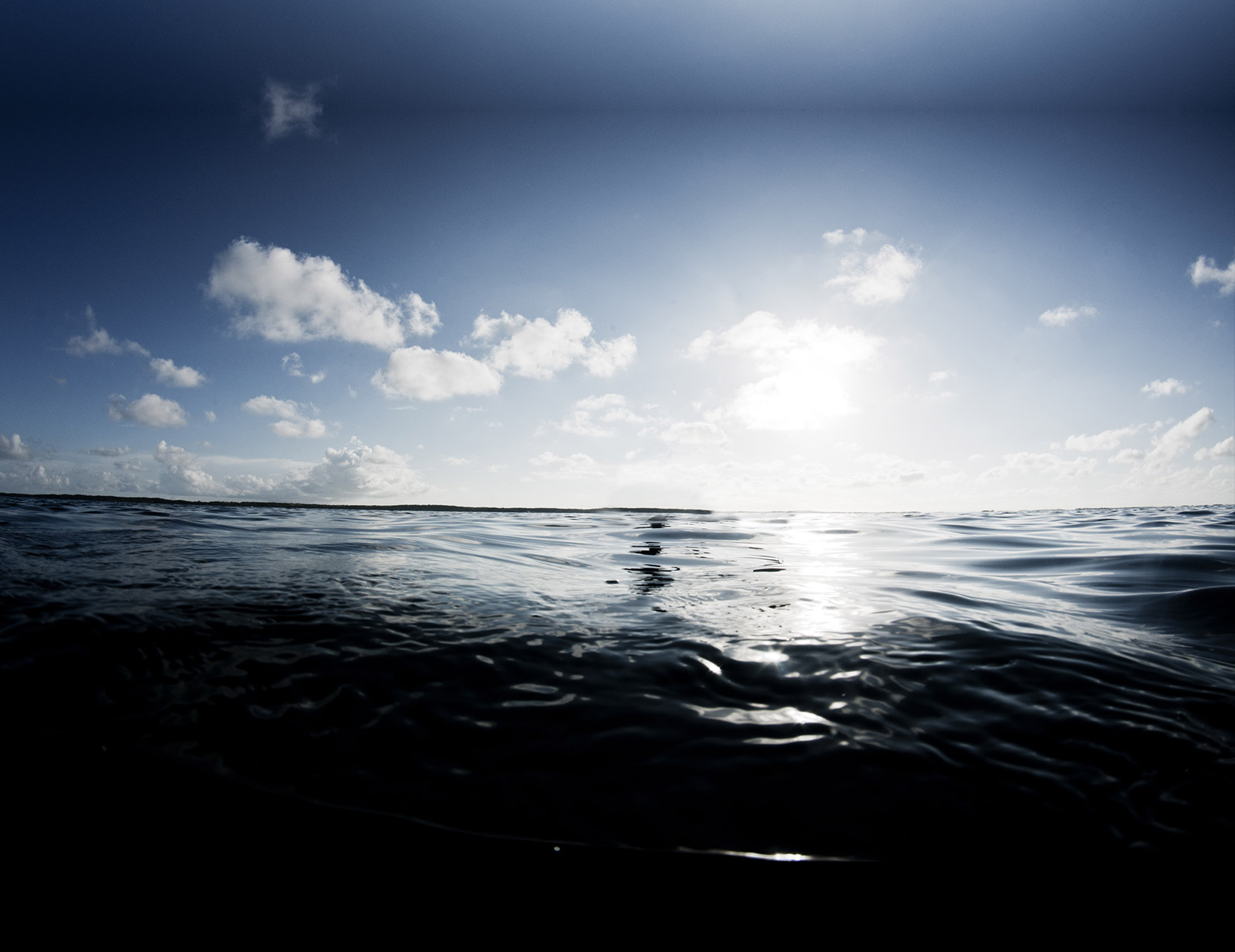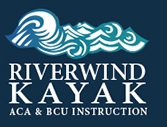ACA Coastal Kayak Instructor
General Knowledge: Questions (answers need NOT be written, will use as discussion points during lunched and breaks)
Part I. Level 1
1. What are three common causes of serious accidents in modern paddlesports?
2. List and describe the parts of a stroke.
3. What are required instructor to student ratios for ACA kayak courses?
4. What are PFD requirements for ACA courses?
5. What does an ACA instructor have to do to maintain his or her certification?
6. What are the most common materials in sea kayak construction, and what are the advantages and disadvantages of each?
7. What hull designs favor speed?
8. What hull designs favor stability? What hull designs favor maneuverability?
9. What is the range of common paddle lengths, and what length do you recommend for your students & why?
10. What is the range of common boat widths, and what width do you recommend for your students & why?
11. What are the primary advantages and disadvantages of a rudder?
12. What are the primary advantages and disadvantages of a retractable skeg?
13. Immediately following a student’s unintentional swim in a cold water paddling environment, are you as an instructor more worried about hypothermia or cold water shock, and why?
Part II. Level 2
14. Explain the advantages and disadvantages of using a crankshaft paddle.
15. What causes weather cocking?
16. If a kayak traveling with the skeg partially down is lee cocking, will lowering the skeg more help?
17. How do most sea kayaks respond to bow weighting?
18. How do most sea kayaks respond to stern weighting?
19. What are the challenges produced for beginners with each relative wind direction listed below?
20. At what wind speed do most beginner paddlers begin to have difficulty controlling their boat?
21. At what wind speed would an expert paddler begin to have difficulty controlling their boat?
10 knots/ Beam Wind
15 knots/ Head Wind
25 knots / Stern Wind
22. What are the Coast Guard requirements for night paddling?
______________________________________________________________________________________________________________
Part III. Level 3
23. What are the greatest dangers in surfing a sea kayak?
24. According to the rule of 12ths, when is tidal current strongest?
25. Given that the moon causes the tides and passes overhead only once each day, why do we have two high and two low tides each day?
26. Will the tides be greater at spring or neap, and why?.
27. Is the depth data on charts based on mean high or mean low water?
28. What’s the difference in a map and a chart, and what are the advantage and disadvantages of using either?
29. How long is a nautical mile and what is the significance of this distance?
30. What are several places on a chart where you can measure distance?
31. How many statute miles in a nautical?
32. True or False: A 1:80,000 chart is considered a larger scale chart than a 1:20,000 chart.
33. True or False: A 1:80,000 chart gives more detail about a paddling area than does a 1:40.000 chart.
34. How many degrees in a compass rose?
35. Assign a number in degrees to each of the following: NE, E, NW, W, SE, NNE
36. Why are true and magnetic north not the same?
37. What is the variance in Charleston Harbor?
38. What is the variance on the coast of Virginia, New York, Maine and Texas?
39. Define Course, Heading and Bearing and describe any differences in these terms if there are any.
Course:
Heading:
Bearing:


![10858531_947062435323484_7674905017734726036_n[1]](https://iqi.qhl.mybluehost.me/wp-content/uploads/2012/10/10858531_947062435323484_7674905017734726036_n1.jpg)